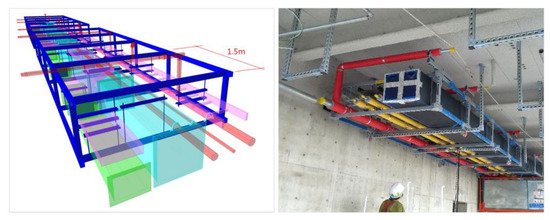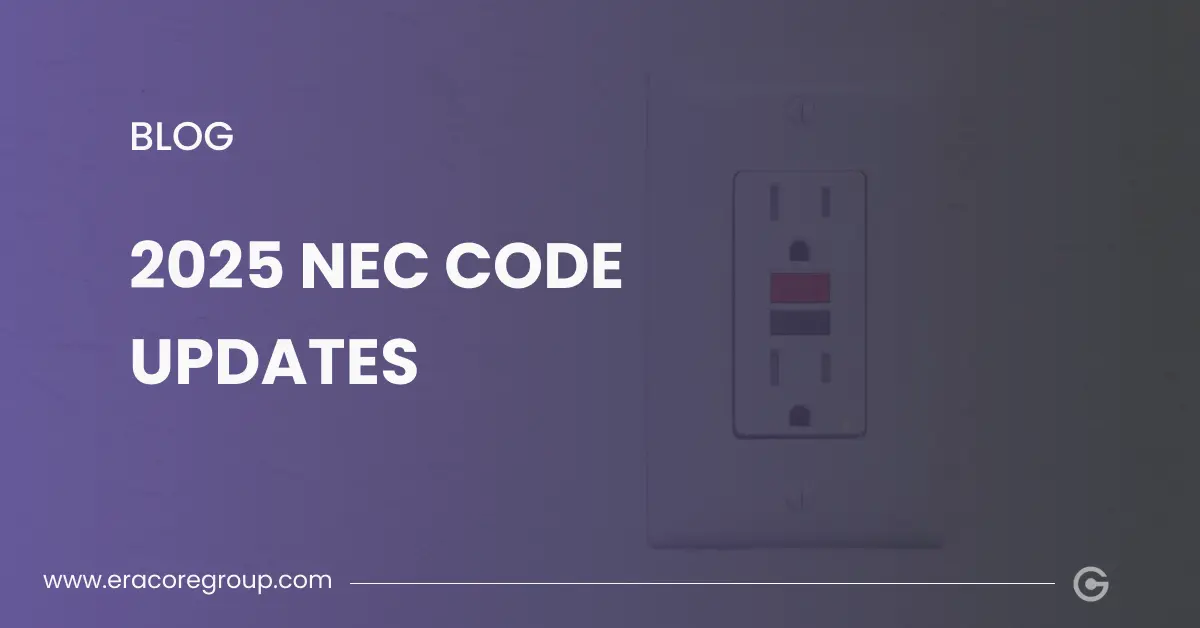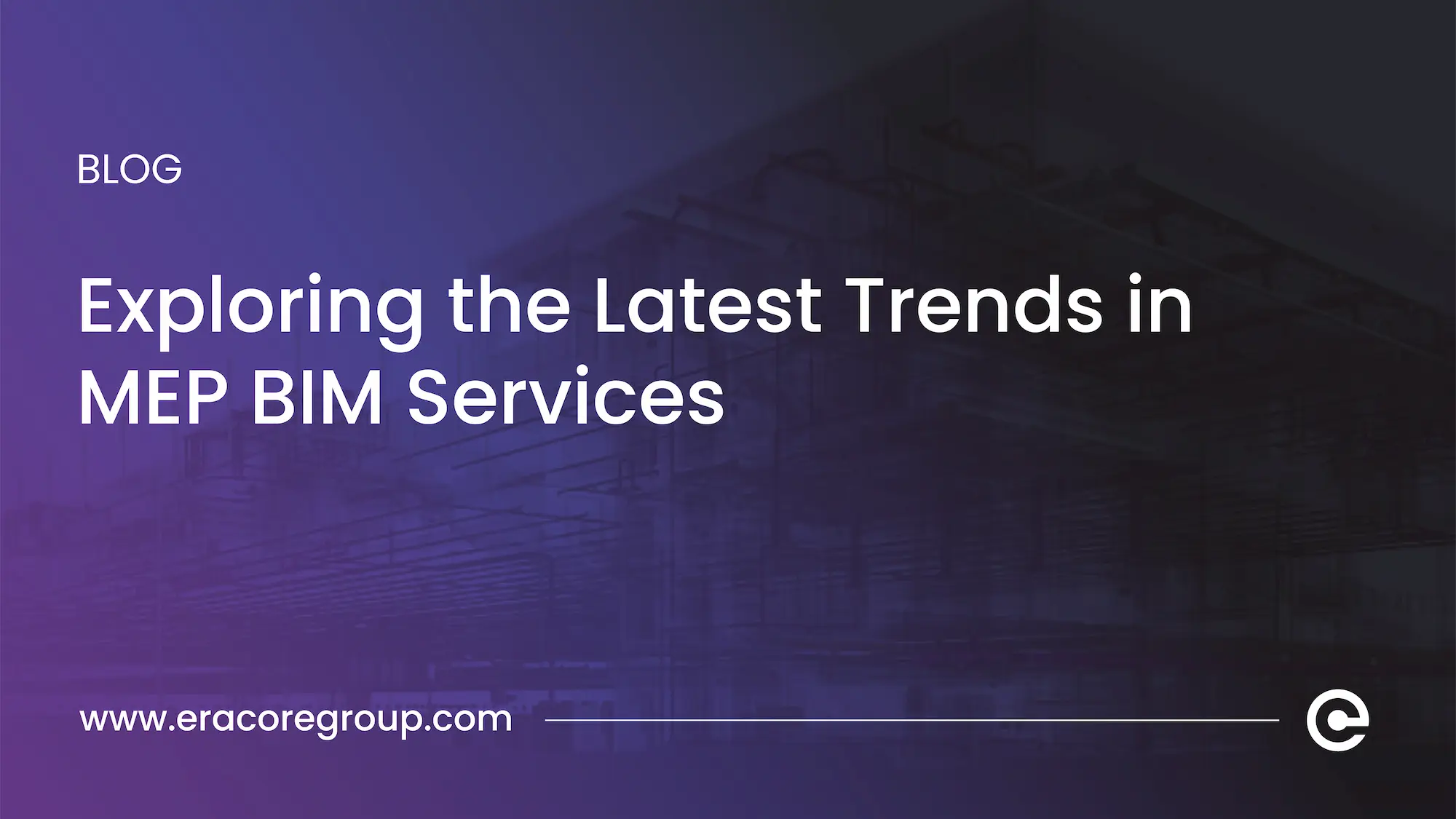In the constantly evolving world of construction, technology continues to play a pivotal role in enhancing efficiency and accuracy.
One such innovation reshaping the industry landscape is point cloud modeling. As an integral part of Point Cloud to BIM Services, this cutting-edge technology provides general contractors with unprecedented insights and precision, ultimately transforming project outcomes.
Let’s delve into the top five reasons why point cloud modeling is indispensable for general contractors.
Table of Contents
Understanding Point Cloud Modeling
Before exploring its importance, it’s crucial to understand what point cloud modeling entails. A point cloud is a collection of data points in space, representing the external surface of objects or buildings. These data points can be generated via laser scanning or photogrammetry, producing a 3D representation of the scanned environment.
Research indicates that accurate as-built models from point cloud data can lead to a 20% decrease in rework-related costs.
Integrated into Building Information Modeling (BIM) workflows, point cloud modeling offers intricate detail and precision that enhances decision-making within construction projects.
1. Enhanced Accuracy and Detail
Among the most significant advantages of point cloud modeling is its ability to provide highly accurate and detailed measurements of existing conditions. Traditional methods of capturing as-built environments often fall short in precision; however, with point cloud modeling, every nook and cranny can be captured with millimeter-level accuracy. This enhanced level of detail ensures that as-built models reflect current conditions more faithfully, leading to less rework and reduced errors in the design and construction phases.
For general contractors, this means projects are completed more efficiently and within budgetary constraints, all while minimizing the risk of costly errors or omissions. Employing Point Cloud to BIM Services can bridge the gap between design intent and physical reality, ensuring all stakeholders operate on the same accurate foundation.
2. Streamlined Coordination and Communication
The construction industry thrives on collaboration and point cloud modeling facilitates better coordination among project teams. By translating point cloud data into interactive BIM models, contractors, architects, and engineers have access to a shared digital environment. This uniformity enhances communication, as all parties work from a singular, precise model of the project.
Moreover, integrated workflows between point cloud data and BIM help minimize discrepancies during the construction phase. When every team member has access to consistent and comprehensive information, misunderstandings are diminished, leading to streamlined project execution and clearer accountability.
3. Improved Visualization and Planning
Point cloud models offer an unprecedented perspective on project visualization, allowing stakeholders to “walk through” a 3D model of the proposed and existing structures. This enhanced visualization aids in comprehensive planning, facilitating a deeper understanding of spatial relationships and potential design constraints.
General contractors benefit immensely from this clarity, as it enables more effective sequencing and resource allocation. Complex projects can be better managed by pinpointing conflicts in advance and devising optimal strategies to handle them. Point Cloud to BIM Services not only enhances planning accuracy but also provides a platform for educating clients and conveying design intents more vividly.
4. Efficient Renovations and Retrofits
Renovation and retrofit projects pose unique challenges due to their complex nature and the unpredictability of existing structures. Point cloud modeling stands out as a crucial tool in these scenarios, offering invaluable insights into existing conditions before any construction begins.
By capturing precise measurements of an existing building, contractors can design interventions that mesh perfectly with current features, all while avoiding potential clashes and structural issues. This foresight significantly curtails the risks associated with renovations and retrofits, thus ensuring smoother transitions and adherence to project timelines.
Employing Point Cloud to BIM Services in renovation projects assists contractors in creating accurate as-built models, which serve as a foundation for developing efficient and effective retrofit solutions.
5. Enhanced Quality Assurance and Control
Quality assurance is a cornerstone of successful construction projects. Point cloud to BIM services greatly elevates quality control by enabling contractors to compare construction progress against design specifications in real-time. Deviations from the project plan can be immediately identified and rectified, ensuring compliance with desired standards throughout the construction phase.
Maintaining strong quality assurance not only improves project outcomes but also enhances contractor reputation and client satisfaction. As a result, general contractors who leverage point cloud modeling are more likely to deliver projects that stand the test of time and exceed client expectations.
Conclusion
In an industry where precision, communication, and efficiency are paramount, point cloud modeling emerges as an indispensable tool for general contractors. By adopting Point Cloud to BIM Services, contractors can benefit from enhanced accuracy, streamlined coordination, improved visualization, efficient retrofits, and enhanced quality assurance. As the construction landscape continues to transform, embracing these advanced technologies will position general contractors at the forefront of innovation and success.
Point cloud modeling is not merely an added advantage; it is fast becoming a necessity in a technologically driven construction environment. As such, general contractors who invest in this cutting-edge approach will see tangible returns in the form of more successful project outcomes, satisfied clients, and sustained industry leadership.






